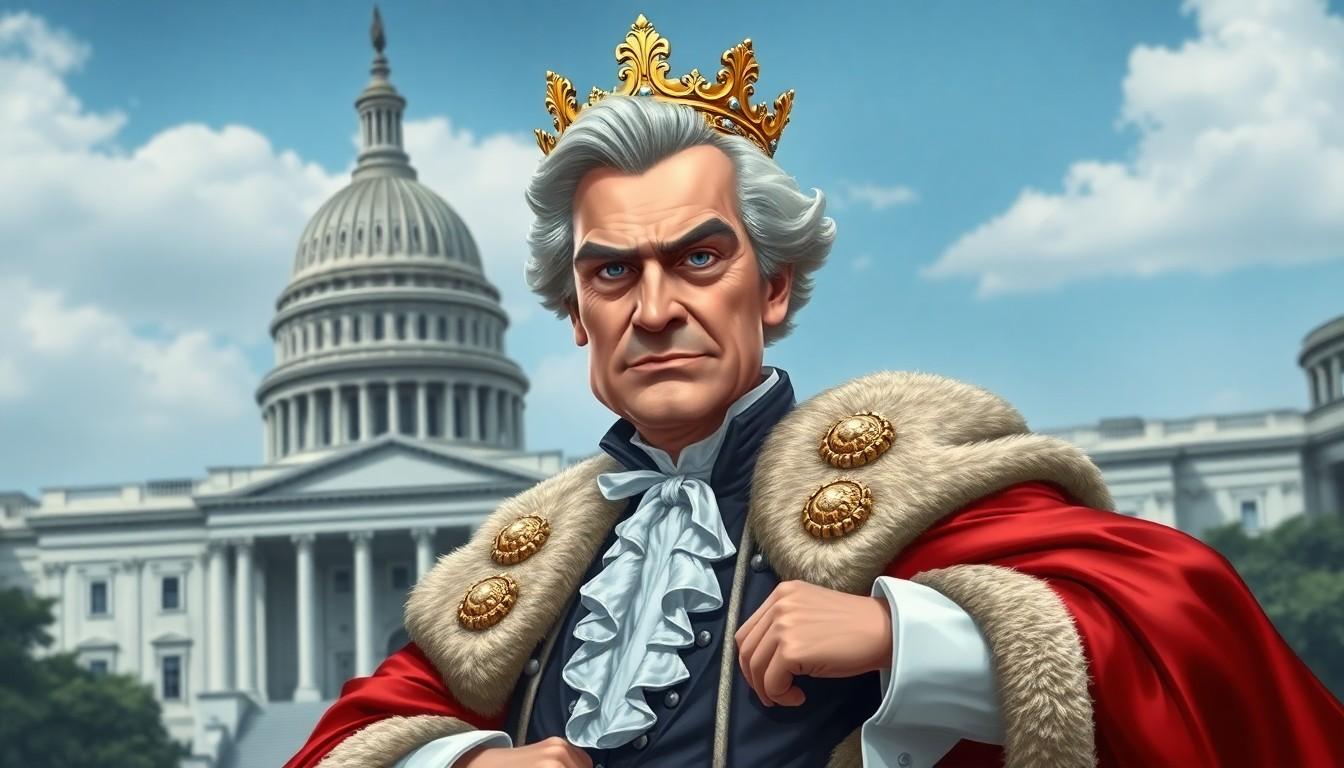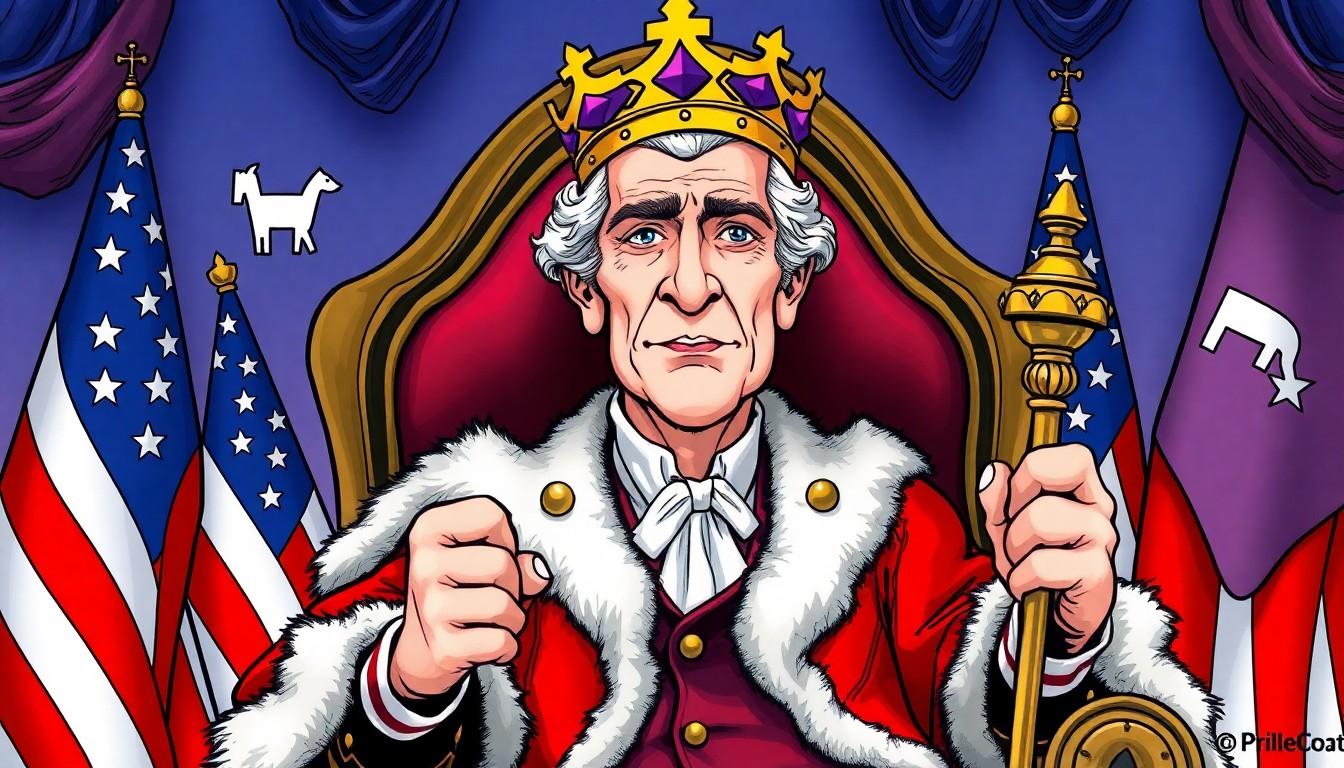In the realm of American political history, few figures spark as much debate and humor as Andrew Jackson. Known as “King Andrew,” he wasn’t just a president; he was a walking, talking political cartoon. The satirical illustrations that emerged during his presidency captured the essence of his controversial reign, poking fun at his larger-than-life persona and bold decisions.
These cartoons didn’t just entertain—they shaped public opinion and sparked conversations that still resonate today. They turned political discourse into a spectacle, making it easier (and a lot more fun) for everyday citizens to engage in the political arena. So grab your magnifying glass and prepare to dive into the whimsical world of King Andrew’s political cartoons. They’re a delightful mix of humor and critique that’ll have you laughing while you learn.
Overview of King Andrew Political Cartoon
The “King Andrew” political cartoon critiques President Andrew Jackson’s authoritative style. These illustrations depict him as a king, emphasizing his perceived overreach and disregard for constitutional limits. Artists utilized this imagery to highlight the tension between Jackson’s policies and the principles of democracy.
Historical Context

This section examines the context surrounding the “King Andrew” political cartoon, reflecting Andrew Jackson’s presidency and the political landscape of his era.
The Era of Andrew Jackson
Andrew Jackson’s presidency lasted from 1829 to 1837. Known for his populist approach, he reshaped American politics. His time in office promoted the idea of the common man, creating a robust support base among ordinary citizens. Opposition arose due to his strong leadership style, leading to the nickname “King Andrew.” This moniker emphasized his perceived overreach in governance, as Jackson frequently bypassed traditional political norms. His actions would ultimately redefine the role of the presidency, making the era significant in shaping American political development.
Political Climate of the Time
The political climate during Jackson’s presidency featured intense partisan divisions. The emergence of the Democratic and Whig parties marked a shift in political allegiances. Frequent conflicts arose between Jackson’s supporters and his opponents, reflecting deep-seated ideological differences. Key issues included states’ rights, economic policy, and the expansion of slavery. Political cartoons served as essential tools in this battleground, shaping public perception through humor and satire. This vibrant landscape made way for widespread commentary on Jackson’s decisions and their implications for democracy in America.
Analysis of the Cartoon
Political cartoons during Andrew Jackson’s presidency captured the public’s sentiment about his leadership. These illustrations not only entertained audiences but also sparked important discussions regarding authority and governance.
Artistic Elements
Artists employed sharp contrasts to highlight Jackson’s larger-than-life persona. Exaggerated features depicted Jackson as a king, amplifying the critique of his authoritative behavior. Bold lines and vivid colors drew attention to key attributes, such as his regal attire and prominent posture. Symbolism featured prominently; for instance, a scepter often signified his perceived overreach. Such artistic choices crafted a compelling visual narrative that resonated with viewers, making the message both engaging and accessible.
Political Message
The political message conveyed through the cartoon centered on questioning Jackson’s adherence to democratic principles. Visual references to monarchy invited viewers to ponder the implications of his actions on American democracy. The depiction of Jackson as a king underscored concerns regarding his unilateral decision-making style. Critics highlighted the risks of centralizing power in the executive branch, suggesting a departure from the founding ideals. This critique resonated with citizens, urging them to reflect on the balance of power and their role in shaping the democracy.
Impact and Legacy
Political cartoons played a crucial role in molding public perception of Andrew Jackson, particularly through the “King Andrew” cartoon. These illustrations resonated with citizens, effectively illustrating the clash between Jackson’s policies and democratic ideals of the time.
Reception at the Time
Political cartoons sparked robust reactions among the public during Jackson’s presidency. Many citizens found humor and truth in these caricatures, engaging in debates about governance and authority. Critics enjoyed the way artists captured Jackson’s overreach, while supporters often dismissed these depictions as unfair attacks. This exchange enriched the political discourse, prompting discussions about the balance of power and citizens’ rights. Both admiration and disdain illustrated how influential these cartoons became in shaping political conversations.
Influence on Future Political Cartoons
The lasting impact of Jackson’s political cartoons paved the way for future generations of satirical art. Artists drew inspiration from the bold techniques and symbolism employed in critiquing Jackson’s rule. Subsequent political cartoons adopted an approach that emphasized authority and power, using exaggerated features to convey messages. This style persistently influenced political commentary throughout history, illustrating the importance of humor in addressing serious issues. Political cartoons evolved into an essential medium, serving as both entertainment and a means of argument in the political landscape.
Conclusion
The “King Andrew” political cartoon serves as a powerful reminder of the role satire plays in shaping political discourse. Through humor and artistry, it captured the essence of Andrew Jackson’s presidency and the controversies that surrounded his leadership. These cartoons not only entertained but also provoked thought and debate among citizens, encouraging them to engage with the political landscape.
As the legacy of Jackson’s presidency continues to influence modern politics, the techniques and symbolism found in these cartoons remain relevant. They highlight the ongoing struggle between authority and democratic ideals, demonstrating how political cartoons can effectively critique power. This enduring impact reinforces the importance of satire as a tool for reflection and discussion in a democratic society.

